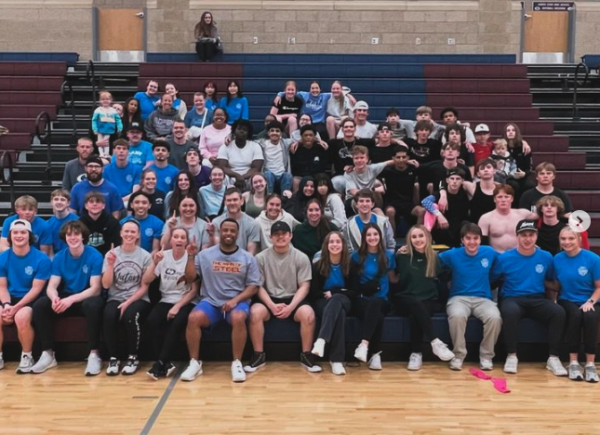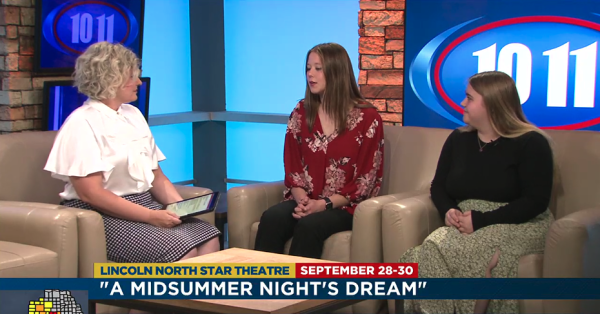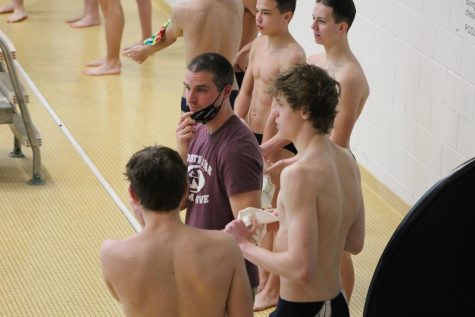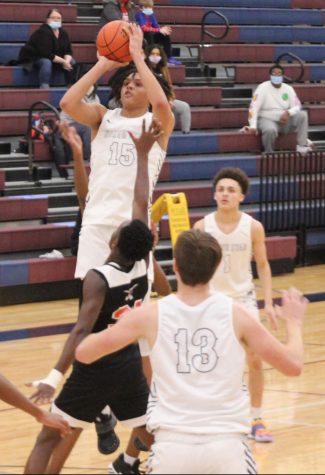Solar Eclipse Lacks Fire
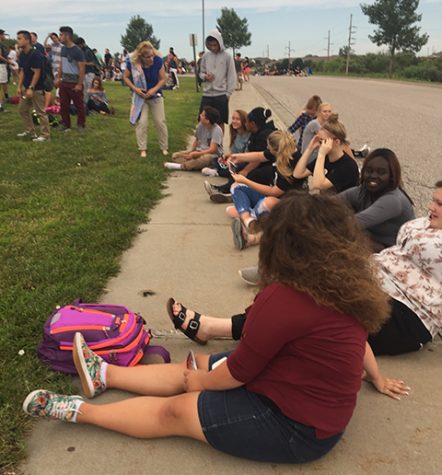
Photo by Christina Nevitt / GG Advisor
A total solar Eclipse is a phenomenon that occurs when the moon’s orbit goes in front of the sun and blocks the path of light in a certain area on the Earth. On average this event happens once every 18 months but due to factors like the tilt of the moon’s orbit and axis, a total solar eclipse is not easily seen based on its location.
During the solar eclipse, on Aug. 21, Nebraska was in the path of totality, which is when the sun is fully covered by the moon. The last time this happened in Nebraska was 500 years ago and the last time it happened in America was in June 1918, making this a once in a lifetime opportunity for most.
The next solar eclipse with a path of totality in the US will be in 2024. It will start in Mexico and go through Texas and up through Maine.
When the eclipse began to take place in Lincoln, the temperature dropped around 5 degrees, birds began to roost, and the street lights came on.
While some students thought the Solar Eclipse was an incredible experience, others didn’t enjoy it.
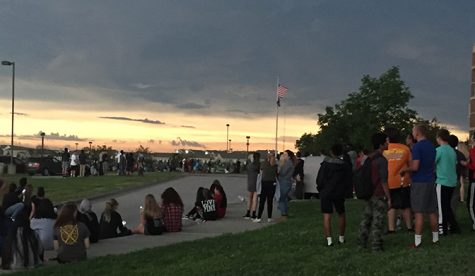
Photo by Christina Nevitt / GG Advisor
¨I really enjoyed when it got really dark you could [kind of] see the moon covering the sun through the clouds. The sky got really pretty and the street lights turned on. It was pretty cool even though you couldn’t exactly see it through the clouds,¨ said freshman Carter Probst.
Some students had opposing views. Senior Taylor Kvittem said, “The whole eclipse was covered with clouds. I was a little disappointed, because I missed out on an once in a lifetime opportunity due to the weather.”

